Measuring time might not seem like that complex of a thing. After all, we rely on simply counting seconds between the “then” and the “now.” But when you really start to break time down to the quantum level, things begin to get a bit foggier.


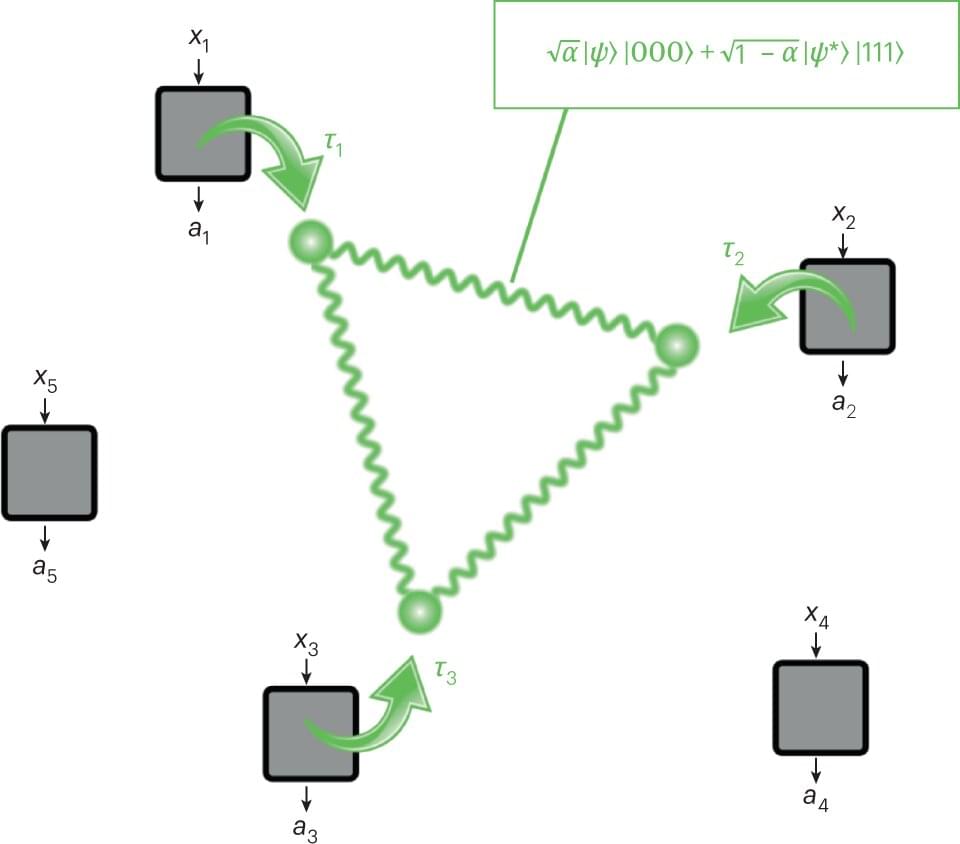
Self-testing is a promising method to infer the physics underlying specific quantum experiments using only collected measurements. While this method can be used to examine bipartite pure entangled states, so far it could only be applied to limited kinds of quantum states involving an arbitrary number of systems.
Researchers at Sorbonne University, ICFO-Institute of Photonic Sciences and Quantinuum recently introduced a framework for the quantum network-assisted self-testing of all pure entangled states of an arbitrary number of systems. Their paper, published in Nature Physics, could inform future research efforts aimed at certifying quantum phenomena.
“I was a postdoctoral researcher in Barcelona in 2014 in the group of Antonio Acín when the first author, Ivan Šupić and I began working on self-testing quantum states together,” Matty Hoban, one of the researchers who carried out the study, told Phys.org. “That is, certifying that you have systems in particular quantum states without trusting the devices and treating them as black boxes (called the device-independent setting). Part of this work involved exploring different kinds of scenarios of trust.”
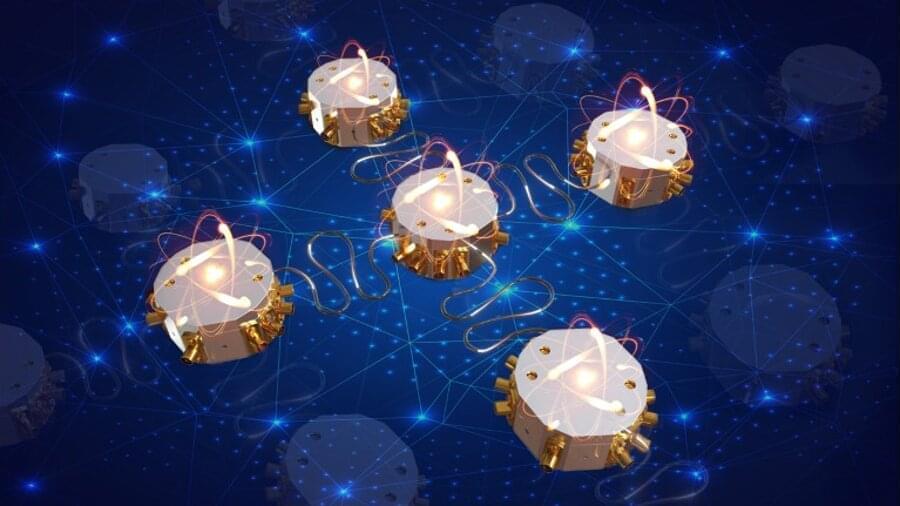
Quantum processors are computing systems that process information and perform computations by exploiting quantum mechanical phenomena. These systems could significantly outperform conventional processors on certain tasks, both in terms of speed and computational capabilities.
While engineers have developed several promising quantum computing systems over the past decade or so, scaling these systems and ensuring that they can be deployed on a large-scale remains an ongoing challenge. One proposed strategy to increase the scalability of quantum processors entails the creation of modular systems containing multiple smaller quantum modules, which can be individually calibrated and then arranged into a bigger architecture. This, however, would require suitable and effective interconnects (i.e., devices for connecting these smaller modules).
Researchers at the Southern University of Science and Technology, the International Quantum Academy and other institutes in China have recently developed low-loss interconnects for linking the individual modules in modular superconducting quantum processors. These interconnects, introduced in Nature Electronics, are based on pure aluminum cables and on-chip impendence transformers.
Is gravity going to kill us one day?? Join us, and find out!
Subscribe for more ► https://wmojo.com/unveiled-subscribe.
In this video, Unveiled takes a closer look at one of the most unknown threats in the universe — gravitational waves! These incredible structures carry an immense amount of energy, so could they ever end life on Earth? Could they ever destroy the planet entirely? Join us, and find out!
This is Unveiled, giving you incredible answers to extraordinary questions!
Find more amazing videos for your curiosity here:
Quantum Theory PROVES You Never Die — https://youtu.be/78onGajtyZw.
Do We Already Have a Secret Base Hidden on Mars? — https://youtu.be/b9CjNoVvN4k.
0:00 Intro.
Finally, a rational exploration of what ChatGPT actually knows and what that means.
Try out my quantum mechanics course (and many others on math and science) on Brilliant using the link https://brilliant.org/sabine. You can get started for free, and the first 200 will get 20% off the annual premium subscription.
I used to think that today’s so-called “artificial intelligences” are actually pretty dumb. But I’ve recently changed my mind. In this video I want to explain why I think that they do understand some of what they do, if not very much. And since I was already freely speculating, I have added some thoughts about how the situation with AIs is going to develop.
💌 Support us on Donatebox ➜ https://donorbox.org/swtg.
👉 Transcript and References on Patreon ➜ https://www.patreon.com/Sabine.
📩 Sign up for my weekly science newsletter. It’s free! ➜ https://sabinehossenfelder.com/newsletter/
🔗 Join this channel to get access to perks ➜
https://www.youtube.com/channel/UC1yNl2E66ZzKApQdRuTQ4tw/join.
00:00 Intro.
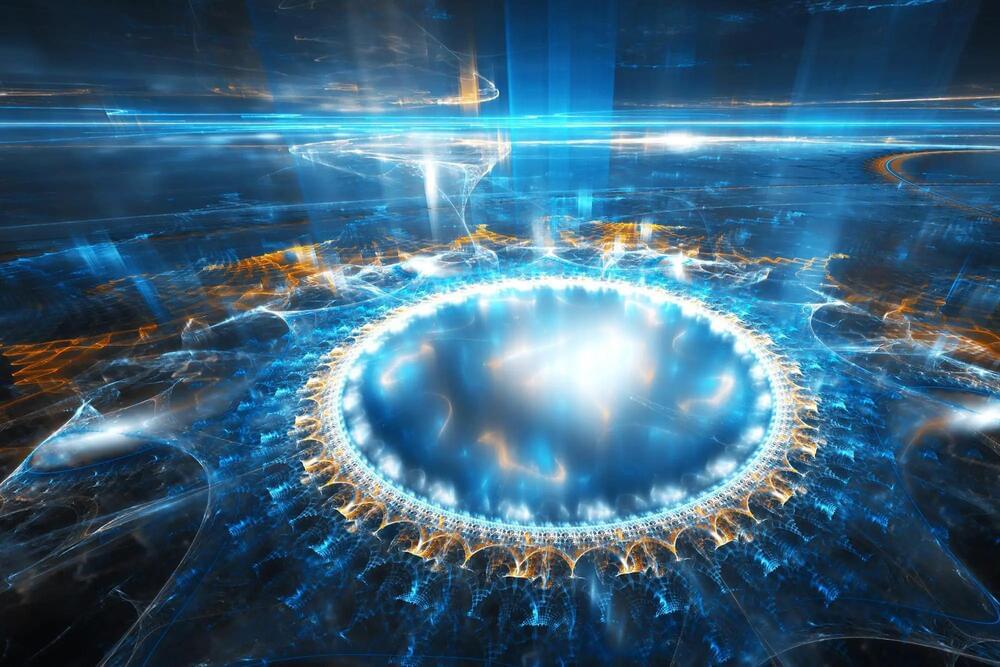
Physicists have created a novel type of analog quantum computer capable of addressing challenging physics problems that the most powerful digital supercomputers cannot solve.
A groundbreaking study published in Nature Physics.
As the name implies, Nature Physics is a peer-reviewed, scientific journal covering physics and is published by Nature Research. It was first published in October 2005 and its monthly coverage includes articles, letters, reviews, research highlights, news and views, commentaries, book reviews, and correspondence.
In episode 13 of the Quantum Consciousness series, Justin Riddle discusses how microtubules are the most likely candidate to be a universal quantum computer that acts as a single executive unit in cells. First off, computer scientists are trying to model human behavior using neural networks that treat individual neurons as the base unit. But unicellular organisms are able to do many of the things that we consider to be human behavior! How does a single-cell lifeform perform this complex behavior? As Stuart Hameroff puts it, “neuron doctrine is an insult to neurons,” referring to the complexity of a single cell. Let’s look inside a cell, what makes it tick? Many think the DNA holds some secret code or algorithm that is executing the decision-making process of the cell. However, the microscope reveals a different story where the microtubules are performing a vast array of complex behaviors: swimming towards food, away from predators, coordinating protein delivery and creation within the cell. This begs the question: how do microtubules work? Well, they are single proteins organized into helical cylinders. What is going on here? Typically, we think of a protein’s function as being determined by its structure but the function of a single protein repeated into tubes is tough to unravel. Stuart Hameroff proposed that perhaps these tubulin proteins are acting as bits of information and the whole tube is working as a universal computer that can be programmed to fit any situation. Given the limitations of digital computation, Roger Penrose was looking for a quantum computer in biology and Stuart Hameroff was looking for more than a digital computation explanation. Hence, the Hameroff-Penrose model of microtubules as quantum computers was born. If microtubules are quantum computers, then each cell would possess a central executive hub for rapidly integrating information from across the cell and to turn that information into a single action plan that could be quickly disseminated. Furthermore, the computation would get a “quantum” speed-up in that exponentially large search spaces could be tackled in a reasonable timeframe. If microtubules are indeed quantum computers, then modern science has greatly underestimated the processing power of a single cell, let alone the entire human brain.
~~~ Timestamps ~~~
0:00 Introduction.
3:08 “Neuron doctrine is an insult to neurons”
8:23 DNA vs Microtubules.
14:20 Diffusion vs Central Hub.
17:50 Microtubules as Universal Computers.
23:40 Penrose’s Quantum Computation update.
29:48 Quantum search in a cell.
33:25 Stable microtubules in neurons.
35:18 Finding the self in biology.
#quantum.
#consciousness.
#microtubules.
Website: www.justinriddlepodcast.com.
Email: [email protected].
Twitter: @JRiddlePodcast.
Music licensed from and created by Baylor Odabashian. BandCamp: @UnscrewablePooch.
Painting behind me by Paul Seli. IG: @Paul. Seli.art
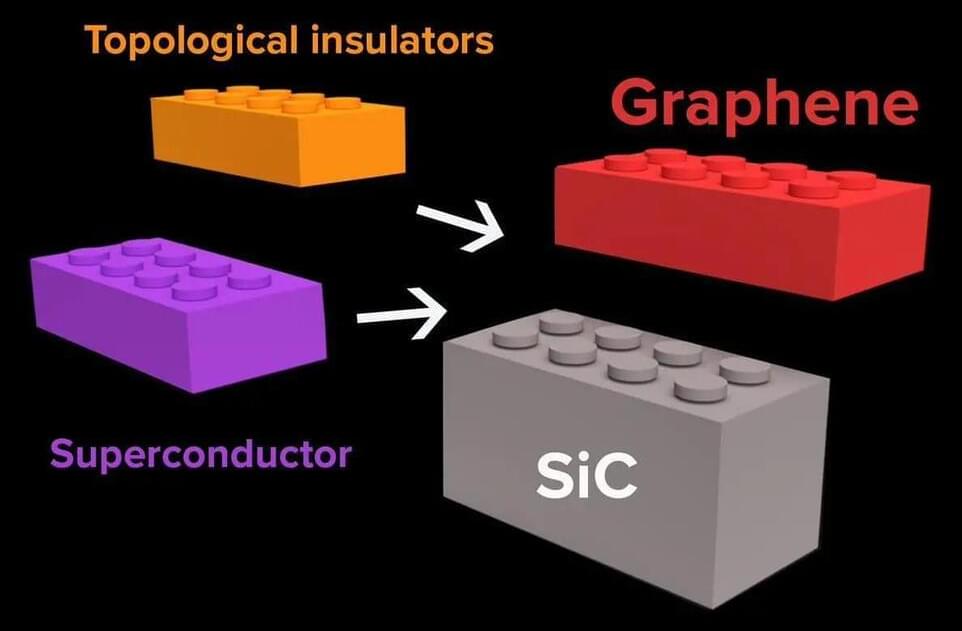
An international team of researchers has discovered that a novel form of heterostructure made up of layered two-dimensional (2D) materials could help overcome the major obstacles to the widespread use of quantum computing.
Performing computation using quantum-mechanical phenomena such as superposition and entanglement.
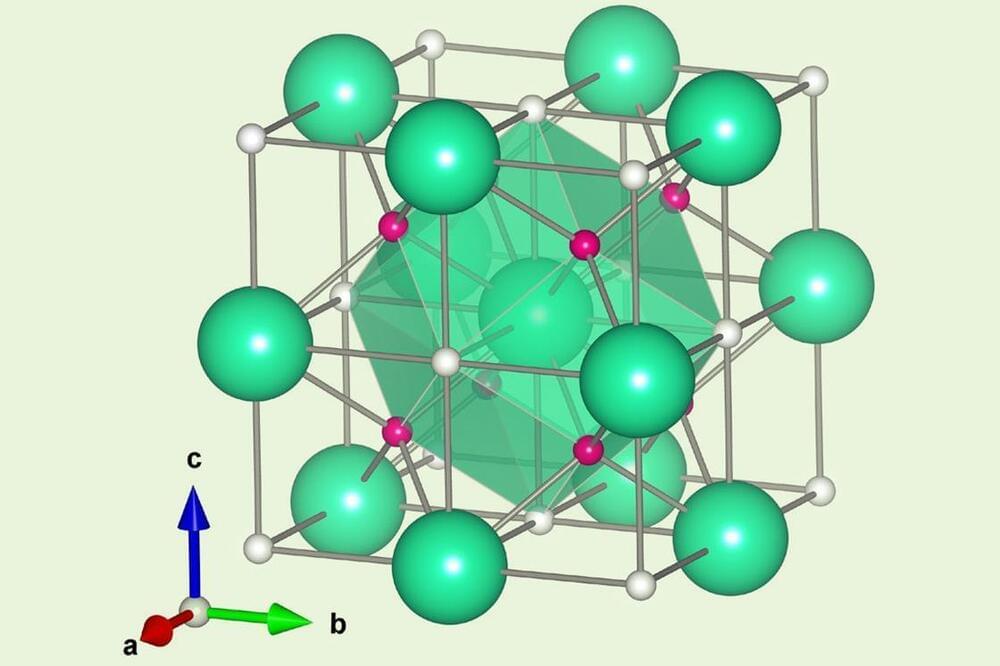
Companies could one day make superconductive quantum computer chips that function at room temperature thanks to a new material from researchers in the US. Ranga Dias from the University of Rochester and colleagues made a material superconductive at 21°C and pressures less than 1% of those used for existing high-temperature superconductors. ‘The most exciting part is the pressure,’ Dias tells Chemistry World. ‘Even I didn’t think this was possible.’
Together with Ashkan Salamat’s team at the University of Nevada, Las Vegas, the scientists say that electrical resistance in their nitrogen-doped lutetium hydride falls to zero at room temperature. Making room-temperature zero-resistance materials is a chemistry ‘holy grail’ and could fight climate change by reducing the 5% of electricity lost as heat while flowing through the grid.
However, Dias and Salamat’s team hasn’t been able to fully confirm the new material’s structure. As hydrogen atoms are so small they don’t easily diffract the x-rays used to work out the material’s composition. And this is an important reservation, considering the publisher of the team’s previous high-temperature superconductor paper retracted it.
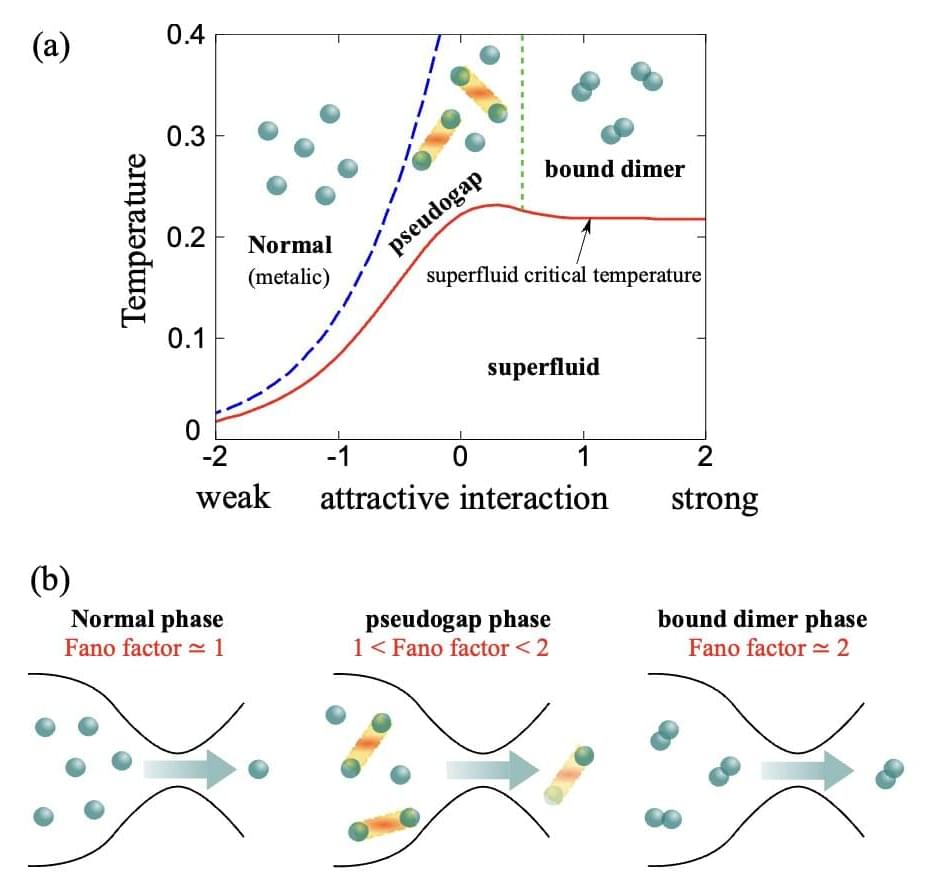
If you cool down low-density atomic gas to ultralow temperatures (−273°C), you get a new state of matter called the Bose-Einstein Condensate (BEC). A BEC has strongly coupled two-atom molecules behaving like a collective wave following quantum mechanics. If you reduce the pairing strength between them—for example, by increasing the magnetic field—the atoms form Cooper pairs according to Bardeen-Cooper-Schrieffer (BCS) theory (which won a Nobel Prize).
The process is called BCS-BEC crossover. And the theory forms the basis of superfluids and superconductors, materials that do not display viscosity or electrical resistance. Hiroyuki Tajima and his team from the University of Tokyo proposed a new method to distinguish current carriers in the BCS-BEC crossover. The key is in the fluctuations of current.
Electronic devices display images thanks to electrons moving in a conductor—aka single-particle current. Your device may heat up due to the resistance caused by collisions of electrons in the conductor that dissipate electric energy as heat. But superconductors show zero resistance to current flow, saving lots of energy. This is possible because of paired electrons, which would have otherwise repelled each other due to their negative charge. In other words, the current in superconductors is mainly due to the pair-tunneling transport involving moving paired-current carriers rather than a single-particle current carrier.